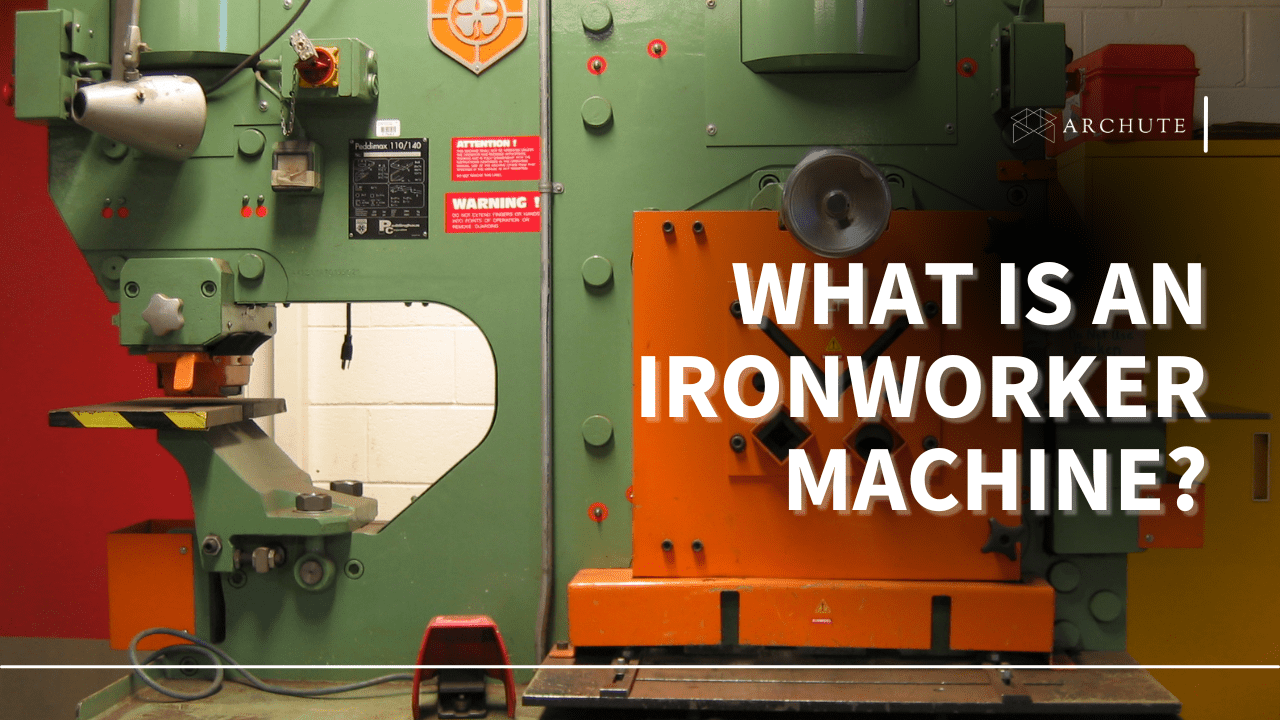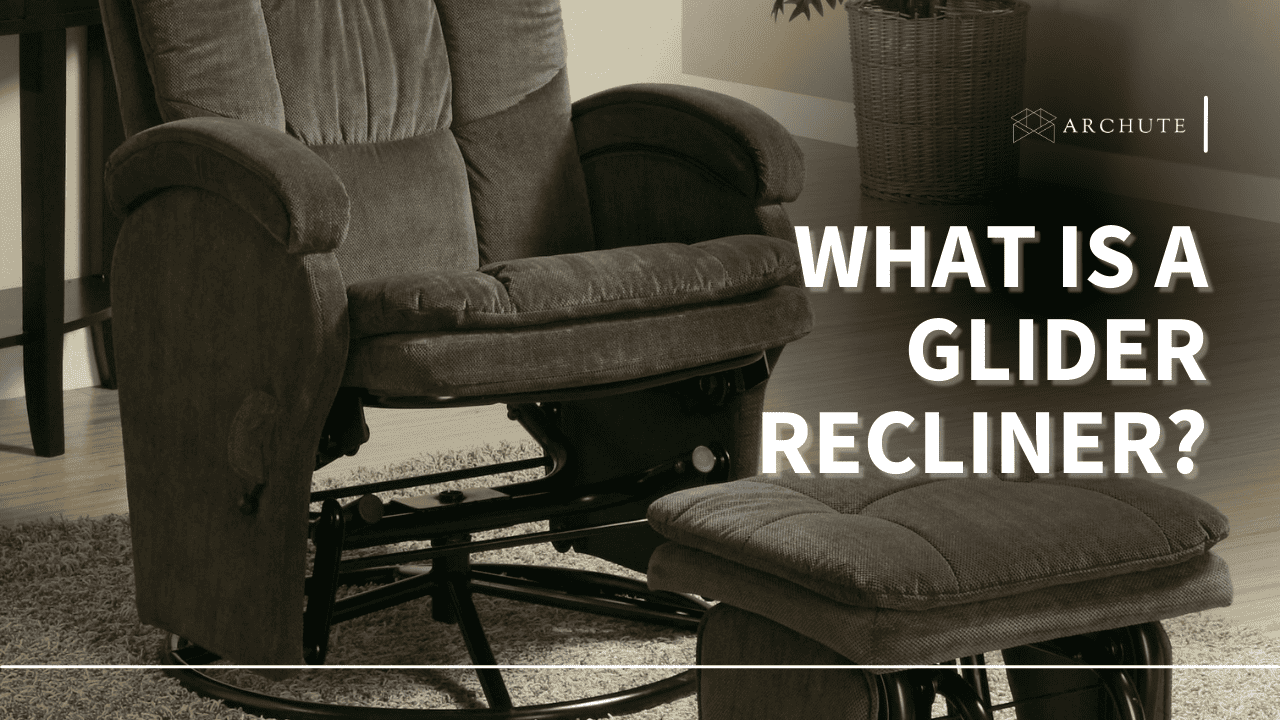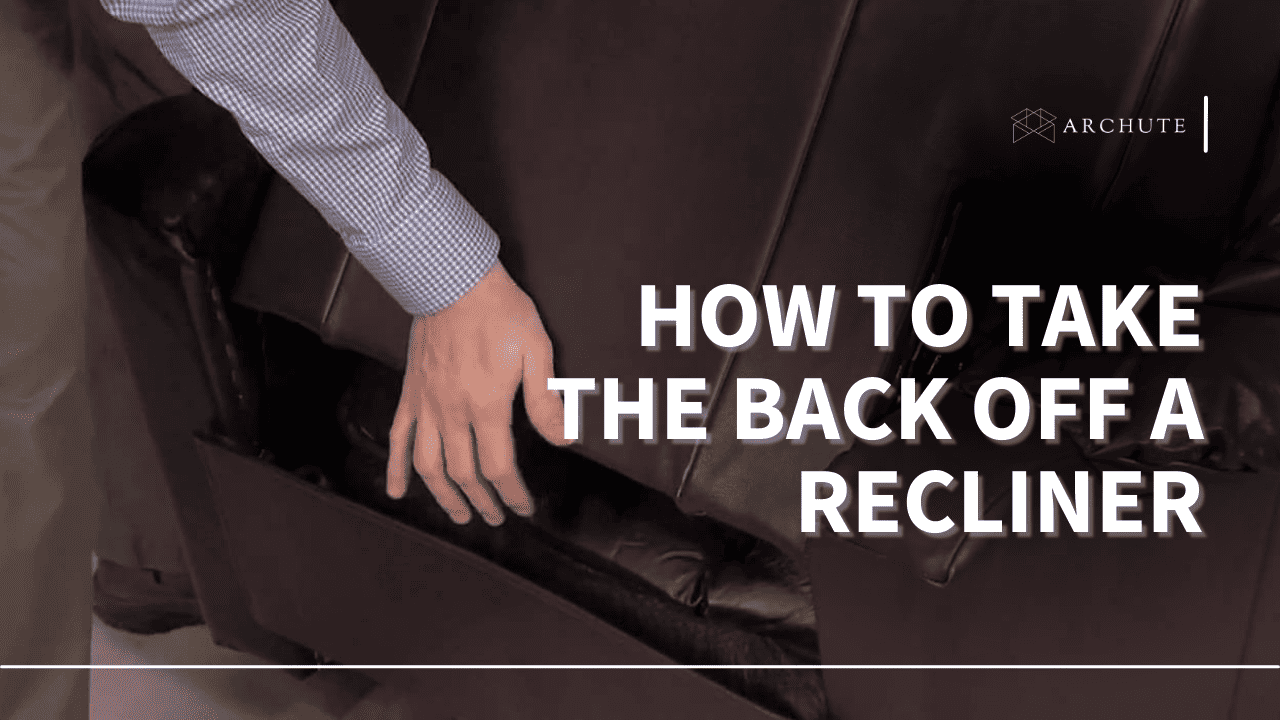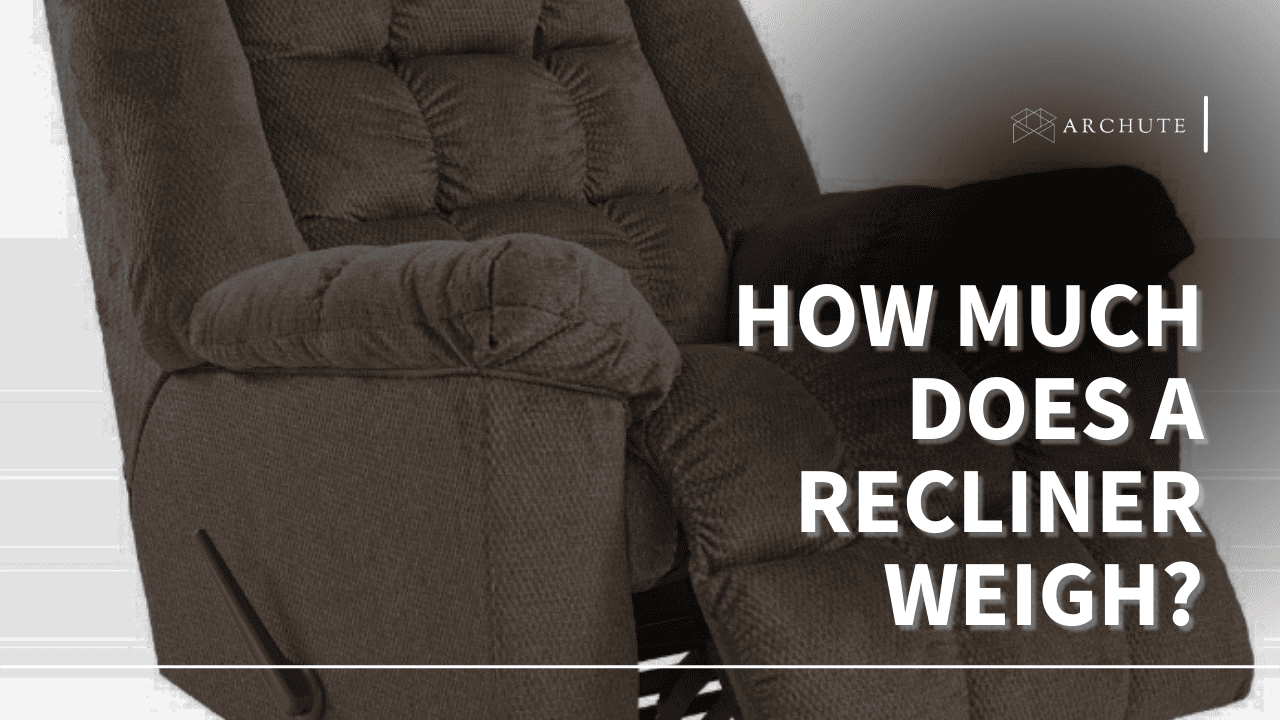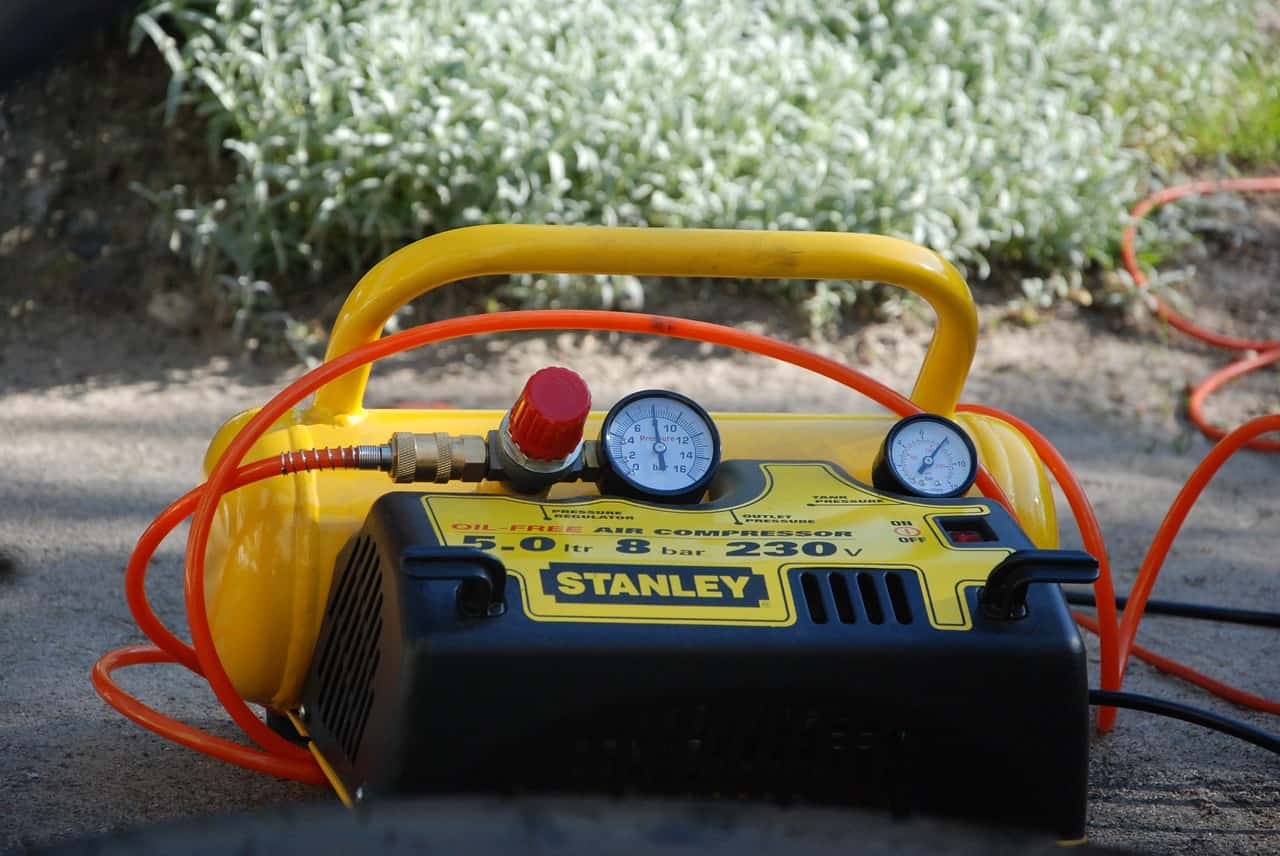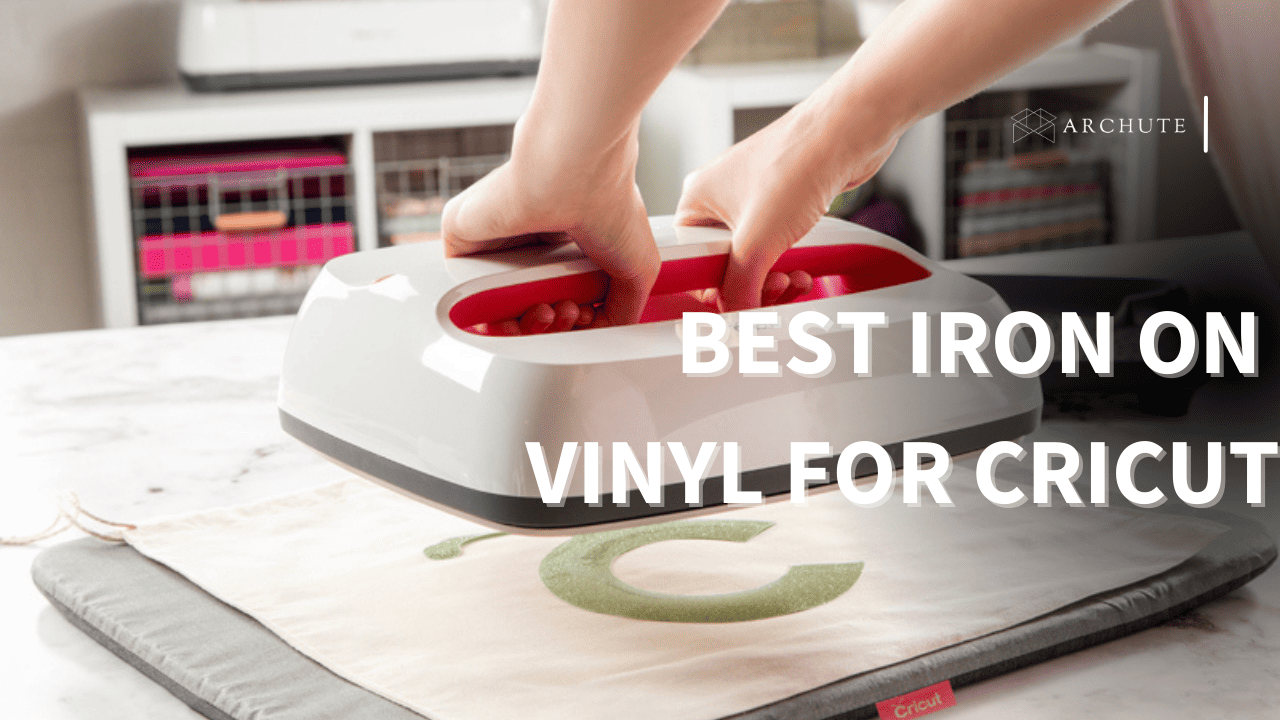Ask anyone in the metalworking industry what is an ironworker machine, and they'll talk about its versatility. Not only does this machinery offer multiple functions, but it also comes at a very affordable price. It's an invention that has made work easy in the fabrication and metalwork industry. Nonetheless, if you're unfamiliar with an ironworker machine, read on to learn more.
Most modern machinery that offers sufficient versatility comes with a price tag too high for some fabrication shops and companies. For this reason, ironworker machines are becoming popular for their ability to accomplish plenty of functions. Here is a breakdown of what an ironworker is and why you need it.
What Is an Ironworker Machine?

Image Credits: scotchman.com
An ironworker machine is a critical part of the manufacturing and fabricating industry. It is designed to handle numerous tasks without the need to retool. An ironworker machine can either be dual-operated or single-operated. There are two types of this equipment: Mechanical and Hydraulic ironworker machines.
This robust multi-functional machine is essential in saving time, increasing productivity, eliminating waste, and creating smooth cuts and holes. Some manufacturers produce ironworker machines that offer additional accessories to enable notching, coping, and more. Furthermore, some ironworkers are fitted with advanced controllers to automate them.
What Are Ironworker Machines Used for?
As mentioned earlier, the ironworker machine performs numerous essential tasks in the manufacturing industry. It is a class of versatile tools that uses hydraulic or mechanical power to notch, shear, form, punch, or bend metal. In addition, they can be fitted and used to create holes in sheet metal or plate.

Image Credits: frost.co.uk
Punching
Punching is the creation of holes in a material with a hard punch. The holes can either be round, oblong, square, or shaped according to requirement. The punching function entails three elements: stripper, punch, and punching die.
Plate Shearing
Another essential task that the ironworker does is plate shearing. When cutting sheet metal machines in a straight line, plate shearing is usually part and parcel of the process.
Angle shearing
The Hydraulic Ironworker machine helps perfect customized shearing at any angle.
Bar Shearing
An ironworker also supports bar shearing, meaning you can place the material to be sheared on the feeding table after starting the unit. An ironworker must use a shear blade to cut a flat sheet to the stipulated shape. Find out the different kinds of shapes you can make with a CNC machine.
Notching
Notching is the process of taking several shards of metal, which is used to pass through another tight metal. When it involves tubes, then it is known as coping. Using a hydraulic ironworker machine eliminates the need for other machine tool equipment at different stages.
Applications of Ironworker Machines

Image Credits: fabtechsolutions.com
Hydraulic ironworkers are used in different fields, making work easier across industries. Here are a few areas where this equipment can be applied:
- Processing of steel structure
- Used in the food industry as slaughtering equipment and for processing parts
- Processing of iron tower parts in low and high voltage
- Used to mix plant and process on belt conveyors in the construction machinery industry
- Processing of elevator car and its parts
- Railway freight car and crane parts processing
- Used as wind power generation equipment, e.g., processing the pedals on wind influence tower
- Used in animal husbandry and agricultural machinery industry, i.e., processing trailer body parts
- Used in building conveyor support and other building connection parts
- Used to cut, punch and bend steel, i.e., round steel, channel steel, H steel, square steel, and I-beam
- Trailer - spare tire parts, wall plates, hinges, hooks, and inserts
- Used widely as grain machinery, starch equipment support, and shell processing
What Are the Benefits of Using an Ironworker Machine?

Image Credits: coastmachinery.com
There are several benefits of using this multifaceted machine. So besides having a myriad of functions in just one machine, this equipment will ensure customer satisfaction with reliable operation. The following are some of the benefits you get when you use ironworker machines:
- It increases productivity by offering a variety of operations with different working stations
- It saves time with reliable and overload performance
- It helps Reduce waste by enhancing operation precision
- Creates Smooth Cuts and Holes to prevent unnecessary expenses
- The machine setup and operating procedures are very easy to use
- The Multifunction feature makes ensures it has a low maintenance cost
Operation Requirements of Ironworker Machine

Image Credits: the fabricator.com
Ensure that the electrical grounding is intact. Also, check whether the connecting screws, transmission parts, and pin shafts are loose. Again, before starting the machine, lubricate all the parts and test them before working.
Punching and shearing of quenched steel are strictly prohibited. Ensure that you protect yourself by wearing sandals, protection articles, wear gloves; remember that slippers are also strictly prohibited.
Ensure the punching tools are refueled during punching and shearing to prevent skewing.
The specification range of sheet metal must also be under strict control.
Be extra careful when the sheet metal becomes difficult to be pressed by the last presser foot.
When done, shut down the machine in time.
Conclusion
An ironworker machine is a machine tool that offers versatility in both metalwork and fabrication industries. Having one of these cutting-edge punching and shearing machines is guaranteed to make work easier and increase productivity in your company. If you feel up to it, you could also build your own CNC machine to cut sheet metals.
Featured Image Credits: wikipedia.com

